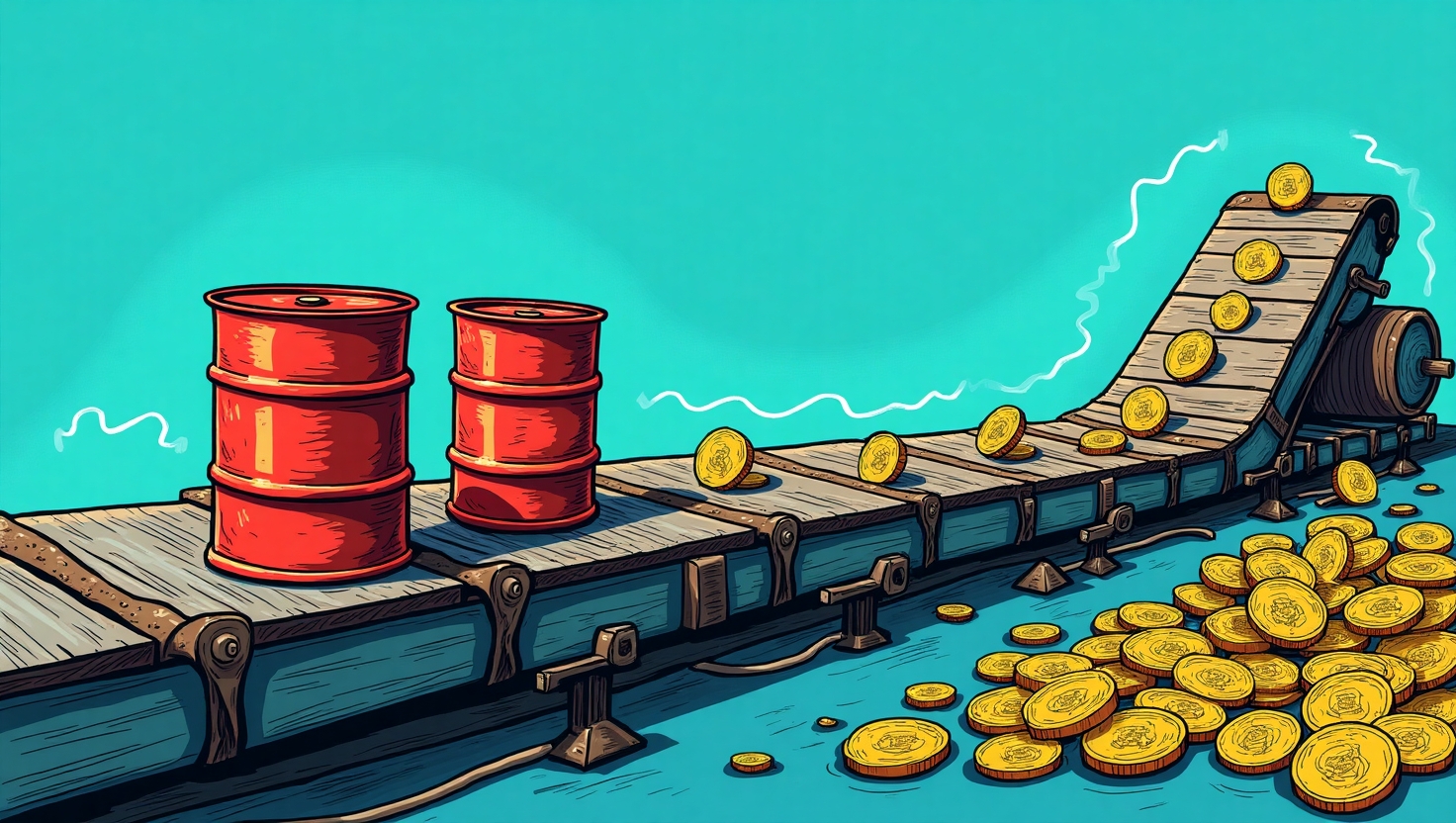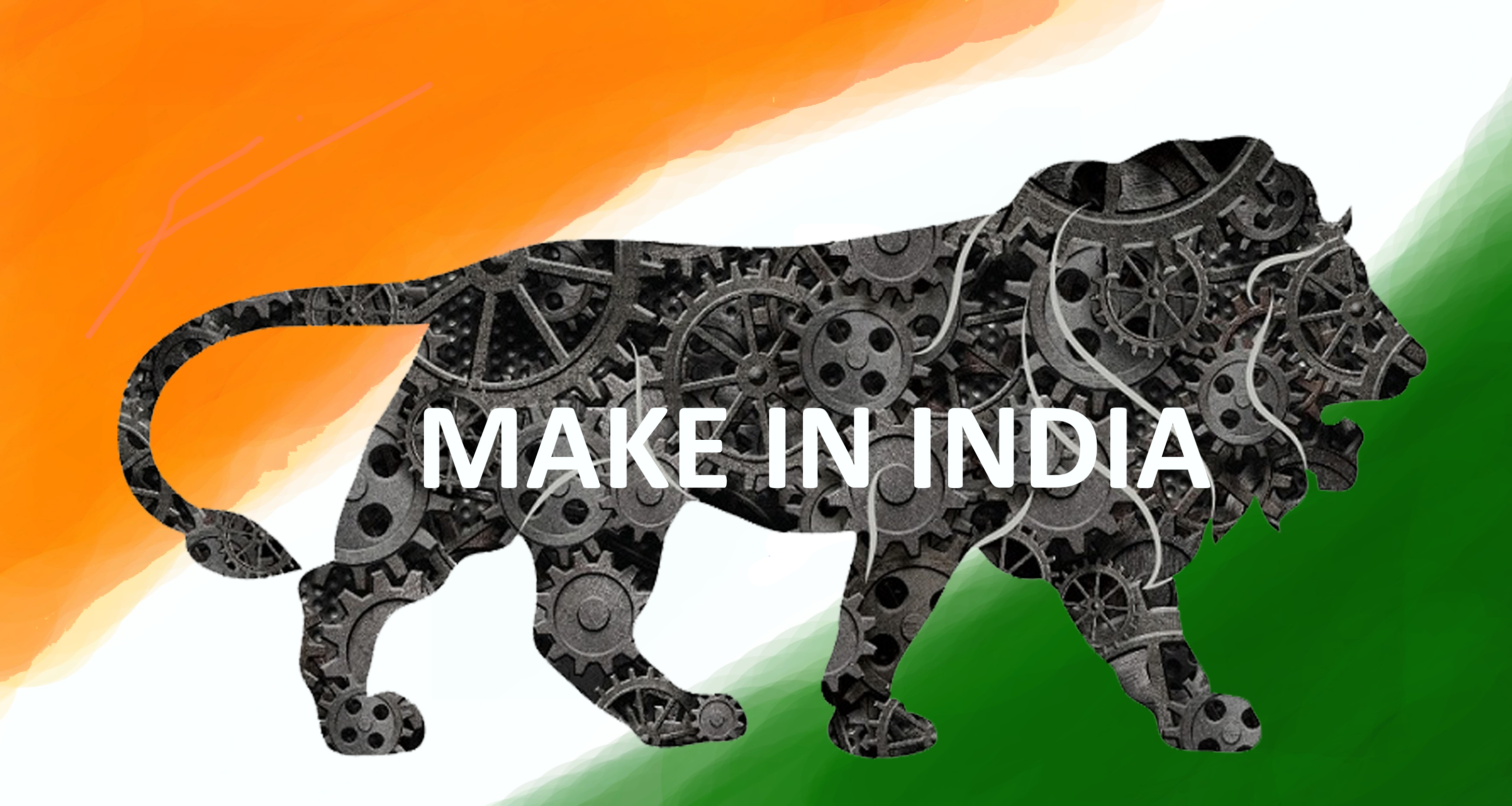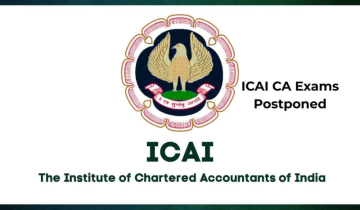The Indian Rupee, once a symbol of resilience in the global financial market, has been on a downward spiral, leaving economists, policymakers, and citizens grappling with its implications. As of early 2025, the rupee hovers around 86-87 per US dollar, marking a significant depreciation from its levels of 83-84 in 2024. While this trend may evoke chuckles in the form of memes and jokes on social media, the economic reality is far from amusing. The rupee's fall underscores critical issues in India's economic framework that need urgent attention.
_1744096032.jpg)
The Current State of the Rupee
The depreciation of the rupee is not an isolated event but a culmination of several global and domestic factors. The US dollar's robust performance, driven by a hawkish Federal Reserve and rising global interest rates, has strengthened the greenback against most currencies, including the rupee. Domestically, India's persistent trade deficit, inflationary pressures, and reliance on imported goods—especially crude oil—have exacerbated the situation. Capital outflows due to foreign institutional investors pulling back from Indian markets have added further strain.
Despite interventions by the Reserve Bank of India (RBI), such as selling US dollars to stabilize the currency, these measures provide only temporary relief. The rupee's depreciation in 2025 has been relatively modest at 1.3-1.4% year-to-date but remains a cause for concern due to its broader economic implications.
Why Does This Matter?
A weakening rupee has far-reaching consequences for India's economy:
-
Costlier Imports: India is heavily reliant on imports for crude oil and other essential goods. A weaker rupee increases the cost of these imports, leading to higher fuel prices and inflation.
-
Trade Deficit Woes: With exports becoming less competitive due to overvaluation in trade-weighted terms, India's trade deficit widens further.
-
Impact on Savings and Investments: Currency depreciation erodes the value of savings held in rupees and affects returns on investments denominated in foreign currencies.
-
Higher Debt Servicing Costs: External debt repayments become more expensive as the rupee weakens against the dollar.
Lessons from the Past: Can India Reclaim Its Glory?
Historically, India has shown resilience during economic crises, whether it was overcoming the balance-of-payments crisis in 1991 or navigating through global recessions. However, reclaiming that glory requires a multi-pronged approach:
1. Policy Overhaul
The government must prioritize structural reforms over short-term fixes like increasing taxes or imposing tariffs. For instance:
-
Encouraging domestic manufacturing through initiatives like "Make in India" can reduce dependency on imports.
-
Diversifying export markets and products can enhance competitiveness globally.
2. Monetary Prudence
The RBI's role is crucial in managing inflation and ensuring currency stability without excessive intervention that could deplete forex reserves. A balanced monetary policy that supports growth while controlling inflation is essential.
3. Addressing Trade Deficit
Reducing dependency on crude oil imports by investing in renewable energy sources can significantly cut down import bills. Additionally, promoting sectors like IT services and pharmaceuticals can boost export revenues.
4. Encouraging Capital Inflows
India needs to create a conducive environment for foreign direct investment (FDI) by simplifying regulations and ensuring policy stability. This will not only bring in much-needed capital but also create jobs and spur economic growth.
5. Fiscal Discipline
The government must focus on efficient public spending rather than relying on tax hikes to meet revenue targets. Reducing fiscal deficits can instill confidence among investors and stabilize the currency.

A Call to Action for Policymakers
The depreciating rupee serves as a wake-up call for policymakers to rethink their approach to managing the economy. While external factors like global interest rates are beyond India's control, there is ample scope for domestic reforms to mitigate their impact.
Instead of relying solely on interventions or short-term measures like tax hikes, the government must adopt a long-term vision that focuses on sustainable growth. This includes fostering innovation, improving infrastructure, and investing in human capital to make India an attractive destination for investments.
The Role of Citizens and Businesses
While policymakers have a significant role to play, citizens and businesses are also crucial stakeholders in this journey. By adopting sustainable practices, supporting local industries, and advocating for policy reforms, individuals can contribute to economic resilience.
Businesses, too, must adapt by diversifying their supply chains and exploring new markets. This not only helps them navigate currency fluctuations but also positions them for long-term success.
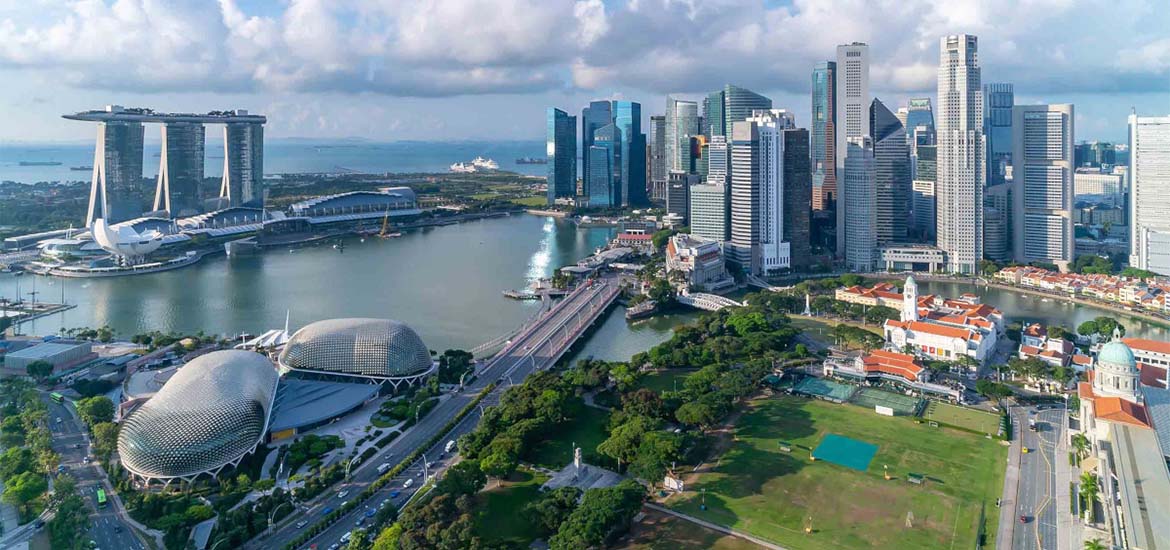
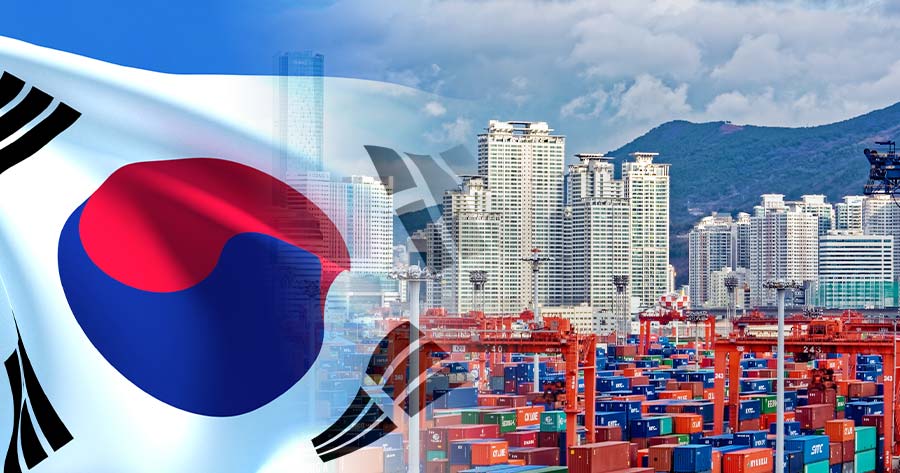
Learning from Others
India can draw valuable lessons from other countries that have successfully managed currency fluctuations and economic challenges. For instance, countries like Singapore and South Korea have focused on innovation and export-led growth to maintain economic stability.
Moreover, countries with strong social safety nets and fiscal discipline have shown better resilience during economic downturns. India can learn from these examples to build a more robust economic framework.
Conclusion
The fall of the rupee is both a challenge and an opportunity for India. While it exposes vulnerabilities in the economy, it also provides a chance to implement bold reforms that can set the stage for long-term prosperity. The road ahead may be tough, but with prudent policies and collective effort, India can turn this crisis into an opportunity to emerge stronger than ever.
As citizens grapple with rising costs and businesses navigate uncertain times, it is imperative for policymakers to step up and steer the economy back to stability. After all, a strong rupee is not just a matter of national pride but also a cornerstone for economic resilience and growth.
A Path to Recovery
In the coming months, India's economic trajectory will depend on how effectively it addresses the current challenges. Here are some key steps that can pave the way for recovery:
-
Strengthening Domestic Production: Encouraging local manufacturing can reduce reliance on imports and stabilize the trade balance.
-
Investing in Renewable Energy: Transitioning to renewable energy sources can significantly reduce oil import bills and mitigate the impact of global price fluctuations.
-
Promoting Exports: Focusing on high-value exports, such as technology and pharmaceuticals, can enhance India's global competitiveness.
-
Encouraging Foreign Investment: Simplifying regulatory frameworks and ensuring policy stability can attract more foreign investment, bolstering the economy.
By taking these steps and learning from past experiences, India can not only stabilize the rupee but also position itself for sustained economic growth in the years to come.
Final Thoughts
The story of the rupee's fall is not just about economic numbers; it is about the lives of millions of Indians who are affected by rising costs and economic uncertainty. It is a reminder that economic policies have real-world implications and that collective action is needed to build a resilient economy.
As India navigates this challenging period, it is crucial for policymakers, businesses, and citizens to work together towards a common goal: restoring the rupee's strength and ensuring a brighter economic future for all.
With inputs from agencies
Image Source: Multiple agencies
© Copyright 2025. All Rights Reserved Powered by Vygr Media.

